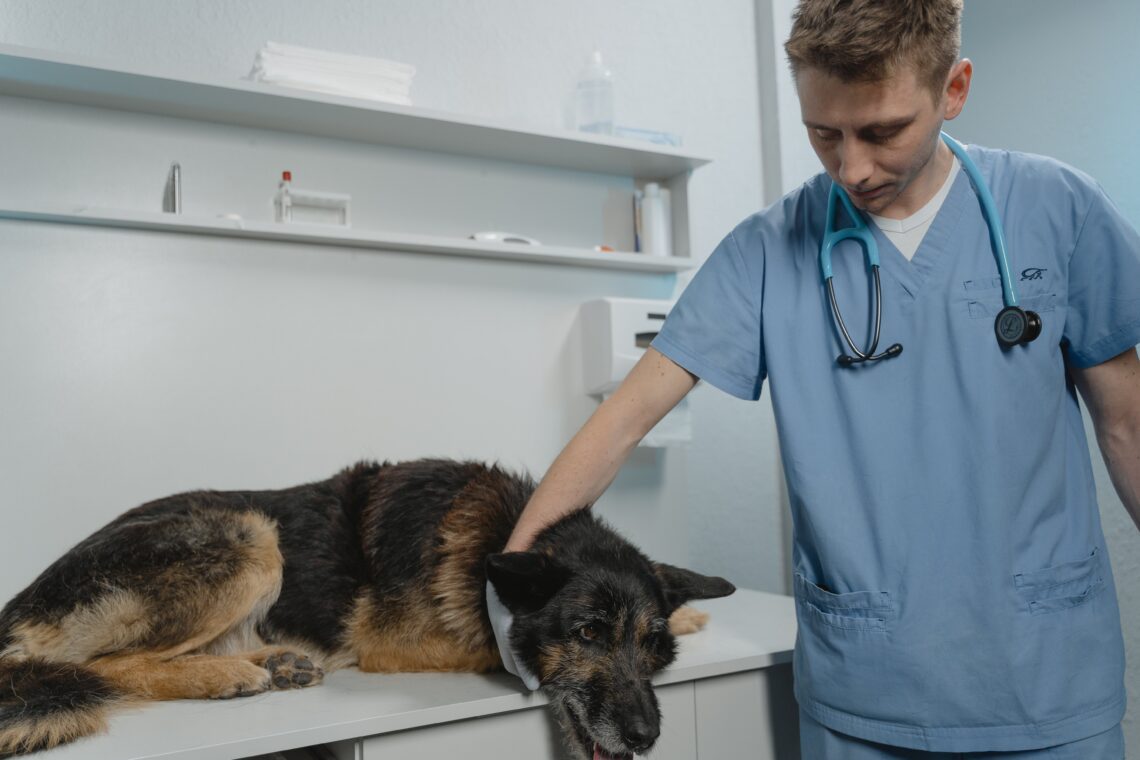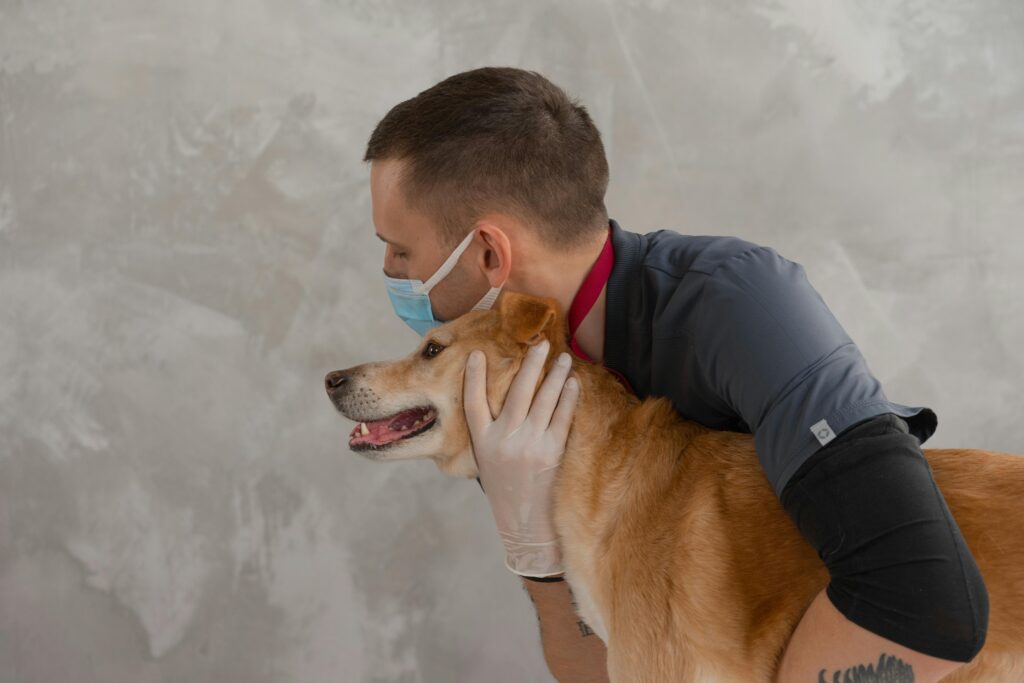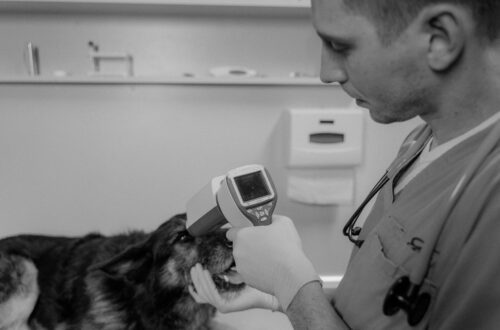
Canine Distemper: How can prevent your dog (Signs & Treatment)
A highly infectious viral disease that affects domestic dogs as well as other animals including raccoons, ferrets, and skunks is called distemper. It is a multi-systemic (affecting several organs) disease that affects the central nervous system, gastrointestinal tract, and respiratory system. It is incurable and frequently deadly. The canine distemper virus (CDV) is the cause of distemper.
Canine distemper is a concern to every dog. Puppies under four months old and dogs that have not had the canine distemper vaccination are among the most vulnerable.
Spread of Canine Distemper:
Direct contact between a vulnerable dog and an infected dog exhibiting symptoms is the primary method of disease transmission in dogs. Short distances can be contaminated by the virus by coughing and sneezing.
Cause of Canine Distemper:
When a dog contracts the virus, it swiftly spreads throughout the body, severely impairing immunity and making the dog more vulnerable to subsequent illnesses. There may be effects on the central nervous system, gastrointestinal (GI), respiratory, and cutaneous systems.
Dogs who are infected can spread the infection to other dogs up to six weeks before they exhibit any symptoms of disease. Dogs with moderate illness may still appear normal on the outside yet secrete large amounts of the virus.
Signs and symptoms:
Depending on a dog’s age, immunization history, overall health, virus strain, and level of exposure, the clinical manifestations of CDV might differ significantly.
Adult dogs who are largely protected may show little to no symptoms of illness, whereas puppies or dogs with compromised immune systems may exhibit more severe clinical indications. Vaccinated dogs are often immune.
These are divided in to two stages:
Stage 1:
Dogs often exhibit watery to pus-like discharge from their eyes as the initial sign of distemper, which is then followed by fever, appetite loss, and clear nasal discharge. The majority of dogs get fever 3–6 days after infection; however, the severity of the disease and the patient’s response to it will determine the early symptoms. Generally speaking, the signs of canine distemper in the early stages of the illness include:
- Anorexia
- Clear nasal discharge
- Coughing
- Diarrhea
- Fever
- Inflammation of the brain and spinal cord
- Lethargy
- Purulent eye discharge
- Pustular dermatitis (rarely)
- Vomiting

Stage 2:
The condition worsens and damages the central nervous system in certain dogs, causing neurological symptoms. Owners find these indicators very unsettling.
- Circling
- Convulsions with increased salivation and chewing motions
- Head tilt
- Muscle twitching
- Nystagmus (repetitive eye movements)
- Partial or full paralysis
- Seizures
- Death
Diagnosis:
It might be difficult to first diagnose CDV since its clinical symptoms resemble those of other prevalent illnesses. A quantitative PCR is thought to be the test of choice right now. A PCR test is a diagnostic technique to ascertain the existence of the genetic material of the virus. To confirm an infection and ascertain if recovered dogs are likely to remain infectious to other dogs, PCR or viral isolation tests can be performed.
Serology, another helpful test for figuring out whether an exposed dog would be susceptible, looks at the blood antibody levels in the dog. When a dog’s PCR results are negative and its antibody levels are high, the dog is probably immune to illness.
For afflicted dogs, veterinarians may additionally advise blood testing or chest X-rays in order to evaluate their general health and look into any secondary or contributory illnesses.
Treatment:
Canine distemper has no known particular therapy or cure, and antivirals are not advised. Symptom management and avoiding subsequent infections are the main objectives of therapy.
Canine distemper is usually diagnosed by veterinarians using a combination of laboratory tests and clinical indications. No antiviral medication has been licensed to treat the virus, and there is no known cure. This explains the significance of immunization.
Typically, supportive treatment includes drugs to prevent subsequent infections, control vomiting and diarrhea, and manage neurologic symptoms along with fluids to correct dehydration. To stop the disease from spreading, dogs who have canine distemper must be kept apart from other canines.
Possible course of treatment:
- Antibiotics for dogs whose immune systems are compromised
- IV liquids
- Palatable and easily digested meals
- Antiemetic drugs for gastrointestinal symptoms
- Anti-seizure drugs in mild instances of neurological disorders
Vaccination:
The vaccine is the most effective means of preventing canine distemper. A combination vaccination, also referred to as DAPP, DA2PP, or something similar, includes the canine distemper vaccine in addition to shielding dogs from a few other prevalent canine viruses. It is advised that all canines have this vaccination, which is regarded as “core.”
Puppies must have an initial set of vaccines at specific weeks of age in order to help them develop immunity. Afterwards, they must receive booster shots at specific intervals in order to retain immunity as adults. It’s not too late to vaccinate your adult dog if they haven’t been vaccinated yet, are past due, or are missing any shots. Inquire with your veterinarian about a suggested immunization schedule that takes your dog’s age and needs into account.

Prevent your dog from canine distemper:
- Bring puppies to canine gathering spots with caution until the first round of vaccinations is finished. This covers kennels, groomers, puppy and obedience programs, pet stores, parks, and dog day care centers.
- Select facilities and training courses that mandate current vaccines, physicals, proper hygiene, and the segregation of ill pups and dogs.
- When your dog is unwell, keep them apart from other dogs, including the pets in your house.
- Steer clear of known affected canines and their surroundings.
- Keep dogs away from animals.




